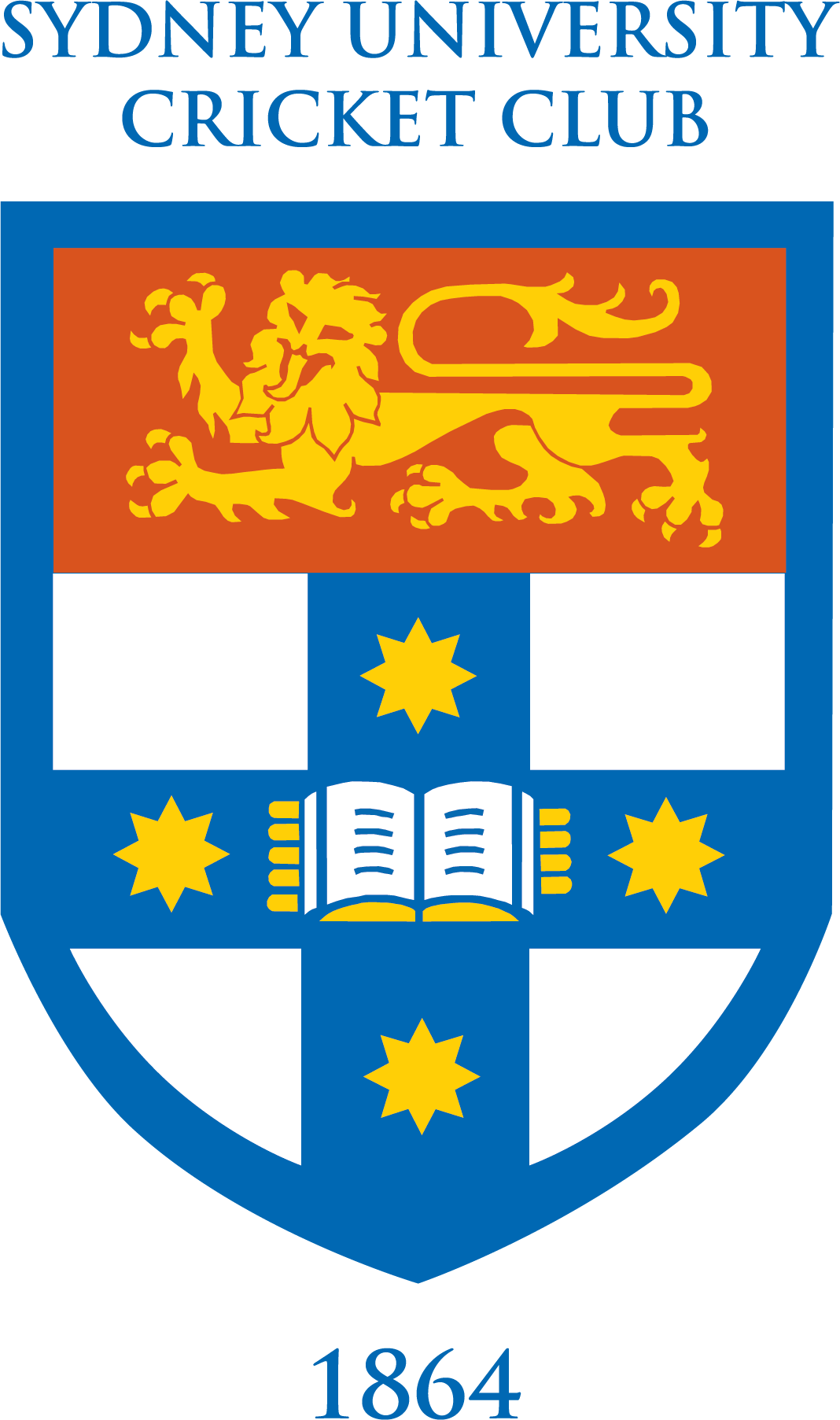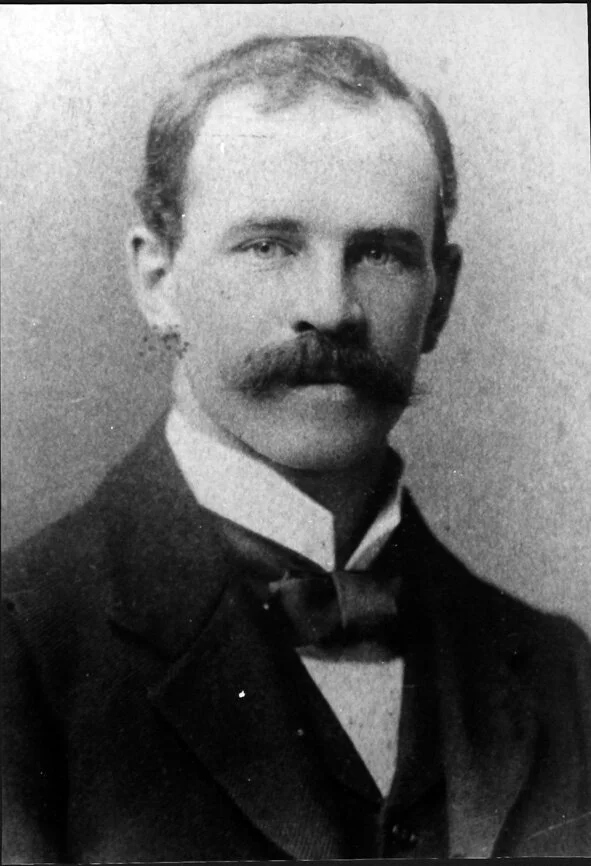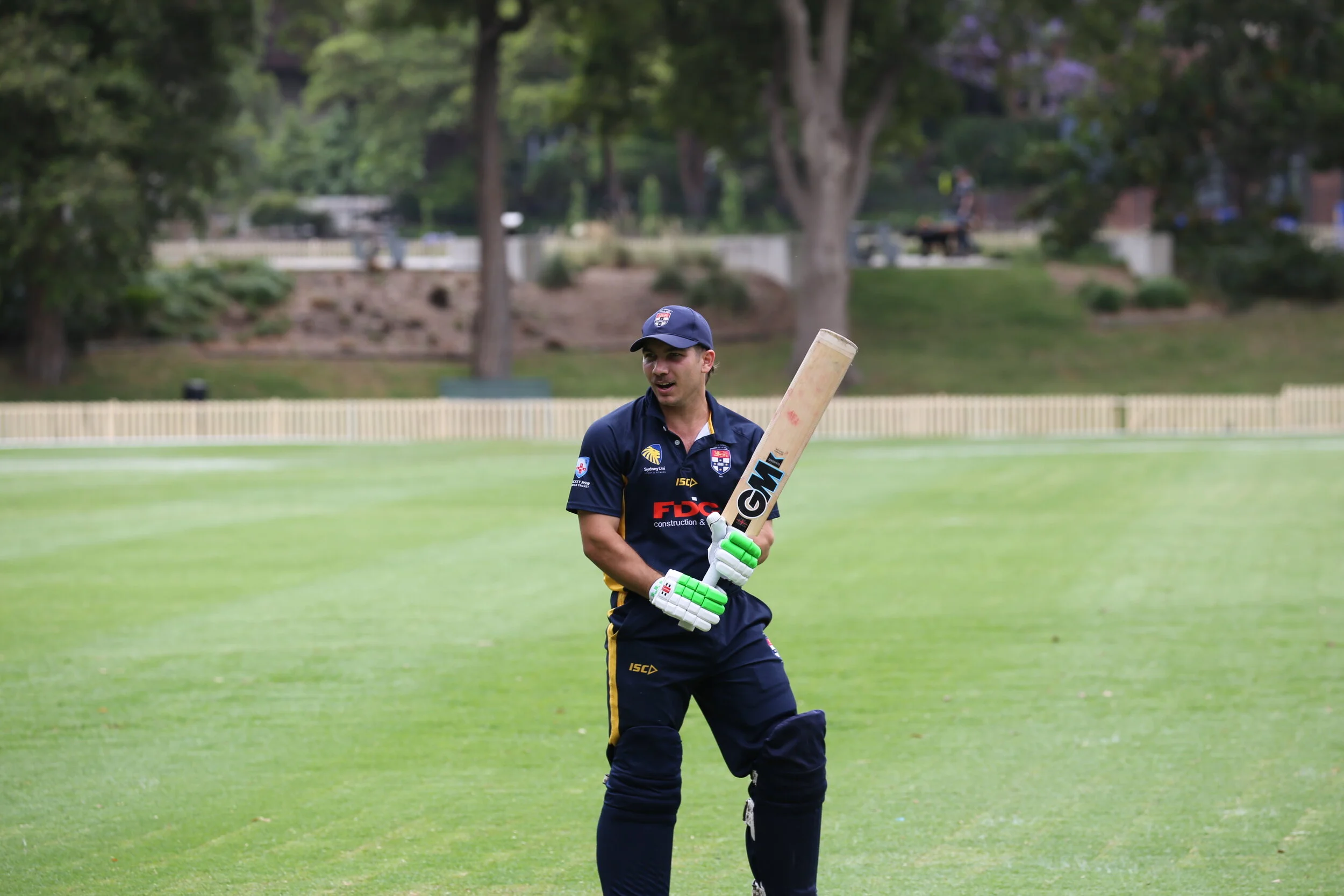CAPTAIN JOHN HARRIS 1874-1910
“…falling into water from a great height.”
When the Treaty of Vereeniging was signed at Melrose House in Pretoria on 31 May 1902, it signalled the end of hostilities in what was known as the South African (Boer) War.
But for Captain John Harris of the 6th Inniskilling Dragoons, the apparent effects of serving in the war were to last for another eight years.
On the evening of Saturday 17 December 1910, Harris, aged 36, fell about 280 feet to his death from a cliff on South Head overlooking Sydney Harbour. Dr Stratford Sheldon (1874-1965), lecturer in medical jurisprudence and toxicology at Sydney University, conducted the autopsy. Harris’ death, the Coroner concluded, “was due to shock through falling into water from a great height.” The Coroner further concluded that death was accidental. Harris had been sitting on the edge of a cliff near the Macquarie Lighthouse and had been seen to stand and then to climb down to a rock before falling. The pilot steamer ‘Captain Cook’ recovered his fully-clothed body. Evidence was given that Harris had been suffering from wounds to the head while he was in South Africa, from malaria and from attacks of dizziness. He had been invalided home in 1903 but most of the rest of his life is a mystery.
But was this really an ‘accidental’ death?
What demons was he suffering from that drove him to The Gap?
Was he suffering from wounds that cannot be seen? At the time, diagnoses of neurasthenia (nervous exhaustion) were beginning to be understood by the medical profession. Its effects included insomnia, fatigue, headaches, depression…all recognised effects after trauma.
Caroline Alexander has written about the all-too common sights after the Great War in England:
“At War’s end, the legions of shellshock veterans dispersed into the mists of history. One catches glimpses of them, however, through a variety of oblique lenses. They crop up…hallucinating in the streets of London or selling stockings door to door in provincial towns.” (Smithsonian Magazine, September 2010)
Captain Harris had enjoyed a privileged upbringing and education and a distinguished career in the army. He was born into the Harris family that inherited vast property in Ultimo, originally granted by Governor King in 1803 to Dr John Harris (1754-1838). He was the fourth of eight sons, one of eleven children, of Matthew Harris (1841-1917) and Frances Snowden Lane (1847?-1915). Matthew Harris had come from Londonderry to Sydney as a young child and he was educated under Reverend Thomas Aitken at the ‘Normal Institution’ in King St, Sydney. Then he was one of the earliest students at Sydney Grammar School and an early graduate (one of 16 BAs awarded in 1863) from the University of Sydney. His life was one of significant public service. He was representative of Denison Ward in the Sydney Municipal Council from 1883 until 1900; Member for the seat of Sydney Denison in the NSW Parliament from 1894 until 1901. As Mayor of Sydney in 1898, he opened the Queen Victoria Building and he was then knighted in 1899. His library housed a splendid collection of Australian and oriental works. Seven of his sons were educated at Sydney Grammar School: George, Matthew James and William Henry all entered the school in 1883, John in 1885, Robert and Arthur Leslie in 1892 and Albert Octavius in 1901.
John Harris captained the Grammar 1st XI for two years, 1891 and 1892. The Grammar cricket Masters must have seen significant leadership ability in the 17 year old who captained his older brother, William, in the 1891 side. Any cricket ability, however, is difficult to discern by examining figures and reading reports. The cricket writer in the October 1892 edition of ‘The Sydneian’ commented on Harris’ batting style with some asperity: “Has a rather laboured style with some effective forward strokes…in which he uses his reach well but has a propensity to chop across at straight balls.”
So, he played across the line a little too regularly?
In 1892, he batted in the middle order and bowled occasionally. In eight innings in the more important games, he totalled only 86 runs. He captained five others who appeared in Sydney University’s 1st Grade sides of the 1890s: PS Jones, HH MacMahon, TP Strickland, NF Stephen and his brother, WH Harris.
He rowed in the School’s 2nd IV crew and his academic results were sound. So, he went up to Sydney University in 1893 (when WH Harris was doing Medicine II) and enrolled in Arts I, residing at St Paul’s College.
But he did not thrive in academic life, unsuccessfully attempting Arts I in both 1893 and 1894.
His first appearance in the Cricket Club’s 1st Grade side is puzzling, given his cricketing record. On 1 December 1894 at University No1 Oval, Harris, batting at number 9, made four before he was caught from the bowling of former Test player Alick Bannerman. Then on 12 January 1895, both he and his brother, William played in 1st Grade on the same day against Redfern at the SCG. Batting at number 10, William made a confident 39 and shared a last wicket partnership with John (who remained 6 not out) as they took University to an imposing 287. Earlier, Sammy Jones, the former Test player, hit his highest score, 138, in Electoral cricket. Rain on the second day rendered the ground unfit for play and this appears to be the end of John’s brief 1st Grade career: two games, 10 runs, average 10. But, six weeks’ later, ‘Harris’ opens for University against Glebe at the University and is bowled for 23. The ‘Daily Telegraph’s’ scores give this as ‘W Harris’. In all other newspapers, he is simply ‘Harris’. Two games later, ‘Harris’ is run out for 2 against Canterbury. In all likelihood, John Harris had, by this time, taken up his scholarship, granted by the Senate of the University in 1894, to go to the Royal Military College Sandhurst. His brother, William, had just passed Med III and it’s he who played some games for 1st Grade in 1895-96, including the first game of that season when Easts bowled University out for 30. He then appeared in 2nd Grade in 1895-96 and 1896-97 as a bowler. He graduated MB ChM in 1897 and then served in the British Army as a Medical Officer. Invalided to Australia, suffering from shell shock, he then served another two years with the 18th Field Ambulance and survived until 1935 when he died at Chatswood.
Meanwhile, Matthew Harris was now the member for Sydney Denison in the third last NSW Colonial Parliament. On 17 July 1894, he took the seat for the Free Traders whose leader, George Reid, became Premier replacing Protectionist George Dibbs. One of the candidates for the Sydney Denison seat was Arthur Kelly, a foundation member of the ALP who eventually won the seat on Harris’ retirement in 1901.
John Harris was initially commissioned 2nd Lieutenant in the King’s Own (Royal Lancashire Regiment) but in 1896 he was transferred to the 6th Inniskilling Dragoons, stationed at The Curragh, County Kildare. From there, he left for South Africa to serve in the Second Boer War.
Numbers of his colleagues at Sydney Grammar were to volunteer. Thirteen were not to return, including Keith Kinnaird Mackellar, brother of the poet Dorothea, who died of wounds in July 1900. Marcus William Logan, born in Fiji, a classmate of William Harris at Grammar in 1891 and a career soldier, boasted many years later that he was the first from Grammar to fight in the Boer War. He was a Lieutenant in the 1st NSW Mounted until invalided to England in October 1900. He then served as a Lieutenant Colonel in 36 Battalion in the Great War. He may have been the cricketer referred to as ‘M Logan’ in University’s 2nd Grade in 1896-97. The evidence is not conclusive.
In the Melbourne Grammar 1st XI side of 1892 that played against John Harris’ Sydney Grammar side was JWH McKinery who also served in the Boer War and who was much decorated (DSO, CBE) in the Great War when he was promoted to the rank of Brigadier General in the Canadian forces. And among John Harris’ first year colleagues at St Paul’s in 1893, John Mair was killed on 6 June 1901, shot by Boers after surrendering.
John Harris served bravely. In a letter to his father, published in the Sydney Morning Herald of 17 February 1900, he reports that a group of Boers had abused the white flag by shooting at Harris and his men when they went forward to investigate. Harris writes:
“I have been under fire many times so that I do not mind the bullets so much now. It is the shells I dislike.”
On 15 March 1900, he endeavoured to save the life of Lieutenant Francis Noel Dent who was being swept away in the Orange River. Dent had got into difficulties trying to swim across the river. Harris waded in but just failed to reach Dent at Norval’s Point. Harris and a fellow officer were awarded the Royal Humane Society’s Silver Medal for Bravery.
He shared a tent with Viscount Fincastle (Andrew Murray, the 8th Earl of Dunmore, who had been awarded the Victoria Cross in India in 1897, two years older than Harris but who was to live another 52 years after Harris’ death).
The course of his life, however, was to change. In the battle near Lake Chrissie on 6 February 1901, Harris was badly wounded, invalided out, promoted to Captain. His list of medals had grown – the Queen’s Medal, the King Edward Medal.
Then what did he do?
In 1903, he is President of the Innniskilling Cricket Club at Curragh and some time later he returns to Sydney. There’s no sign of him until the tragic events of December 1910. Did his parents, aged 63 and 69 in 1910, take care of him? How serious were his head wounds? Was the ‘dizziness’ associated with his wounds suffered at Lake Chrissie?
John Harris is interred in the Matthew Harris family vault at Rookwood Cemetery, Sydney, in the old Presbyterian section.
He is one of only two members of the Sydney University Cricket Club to have served in the Boer War.
James Rodgers







